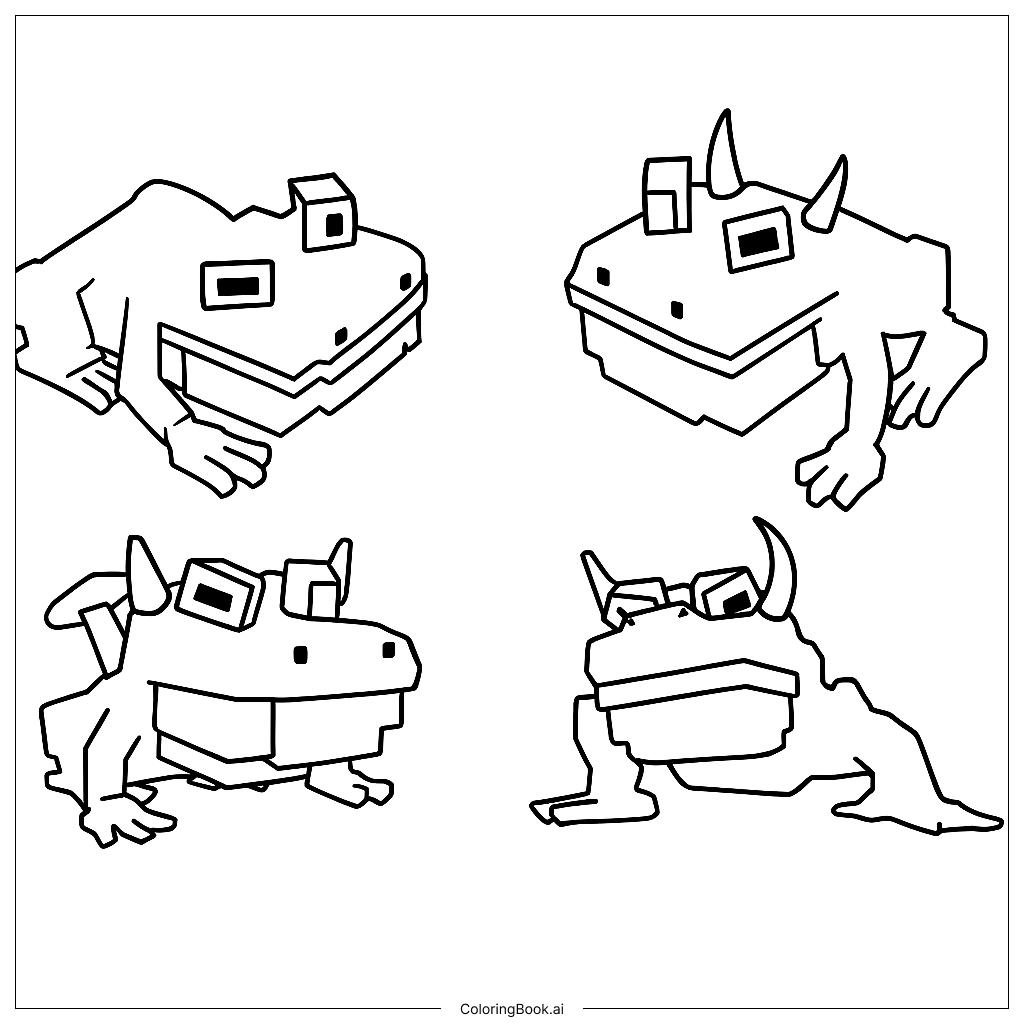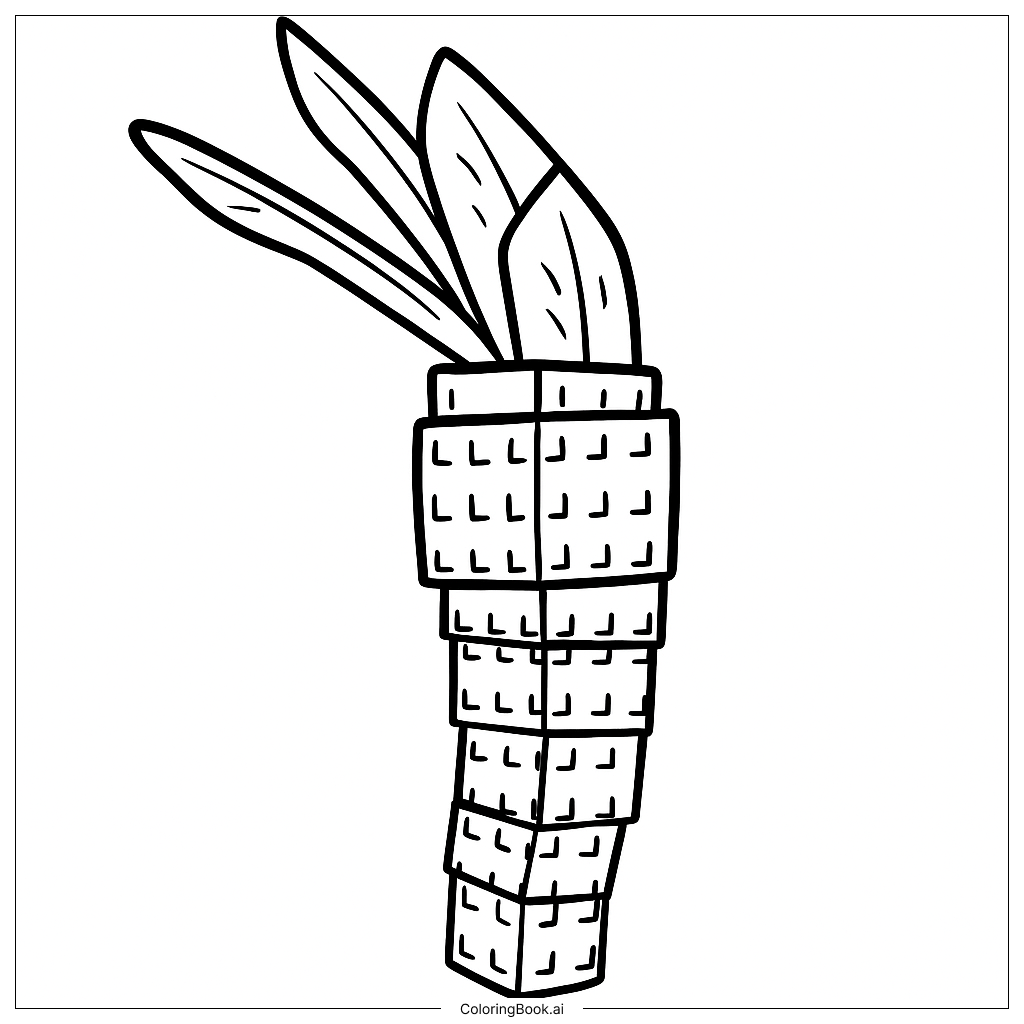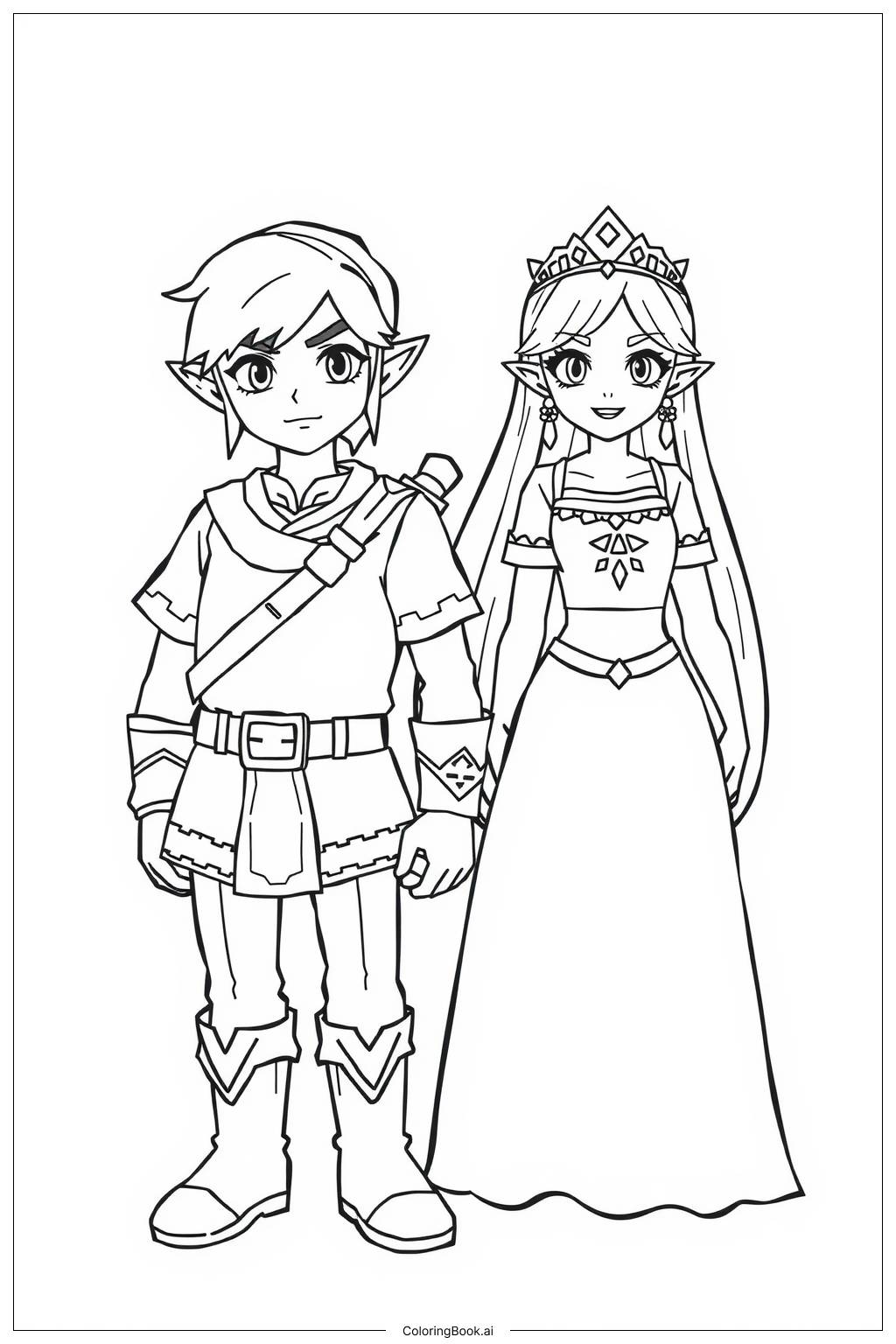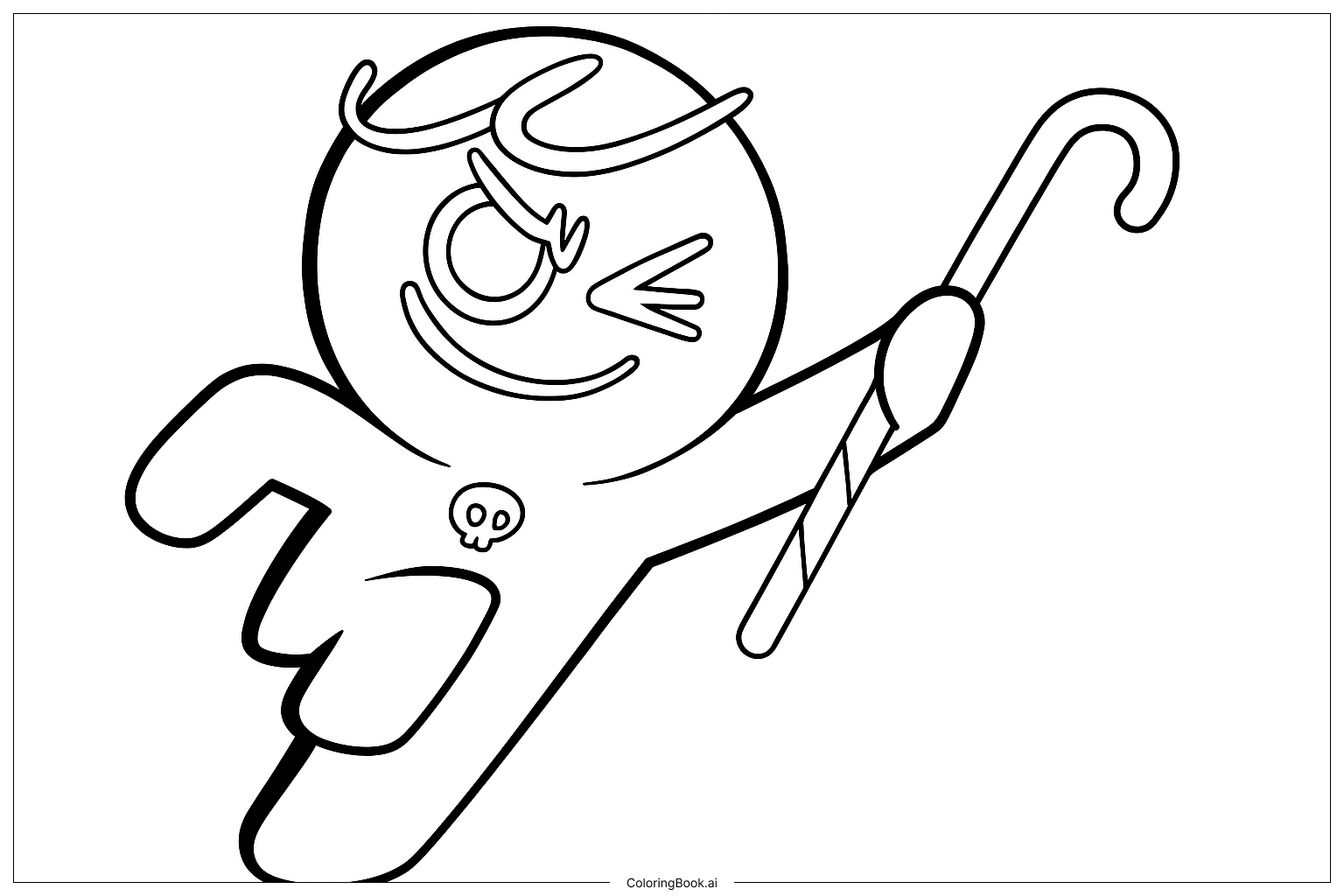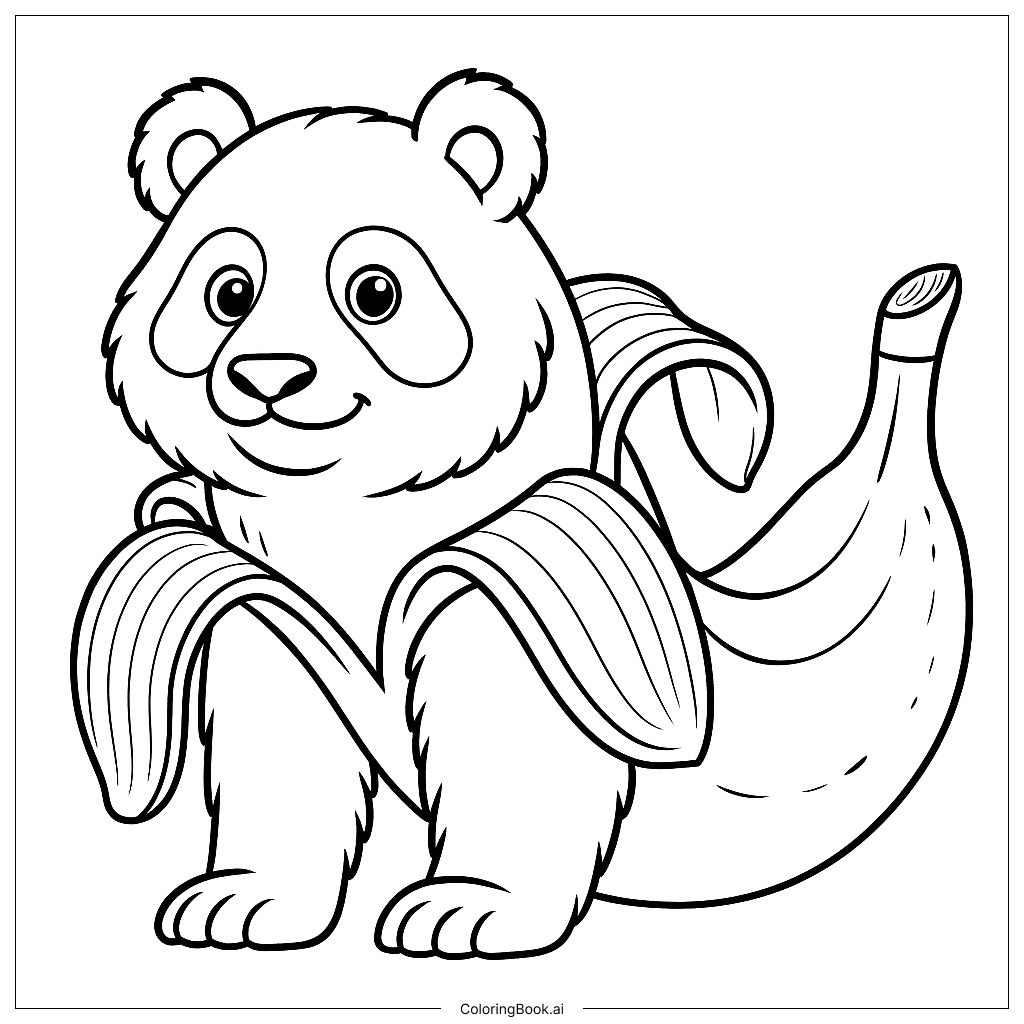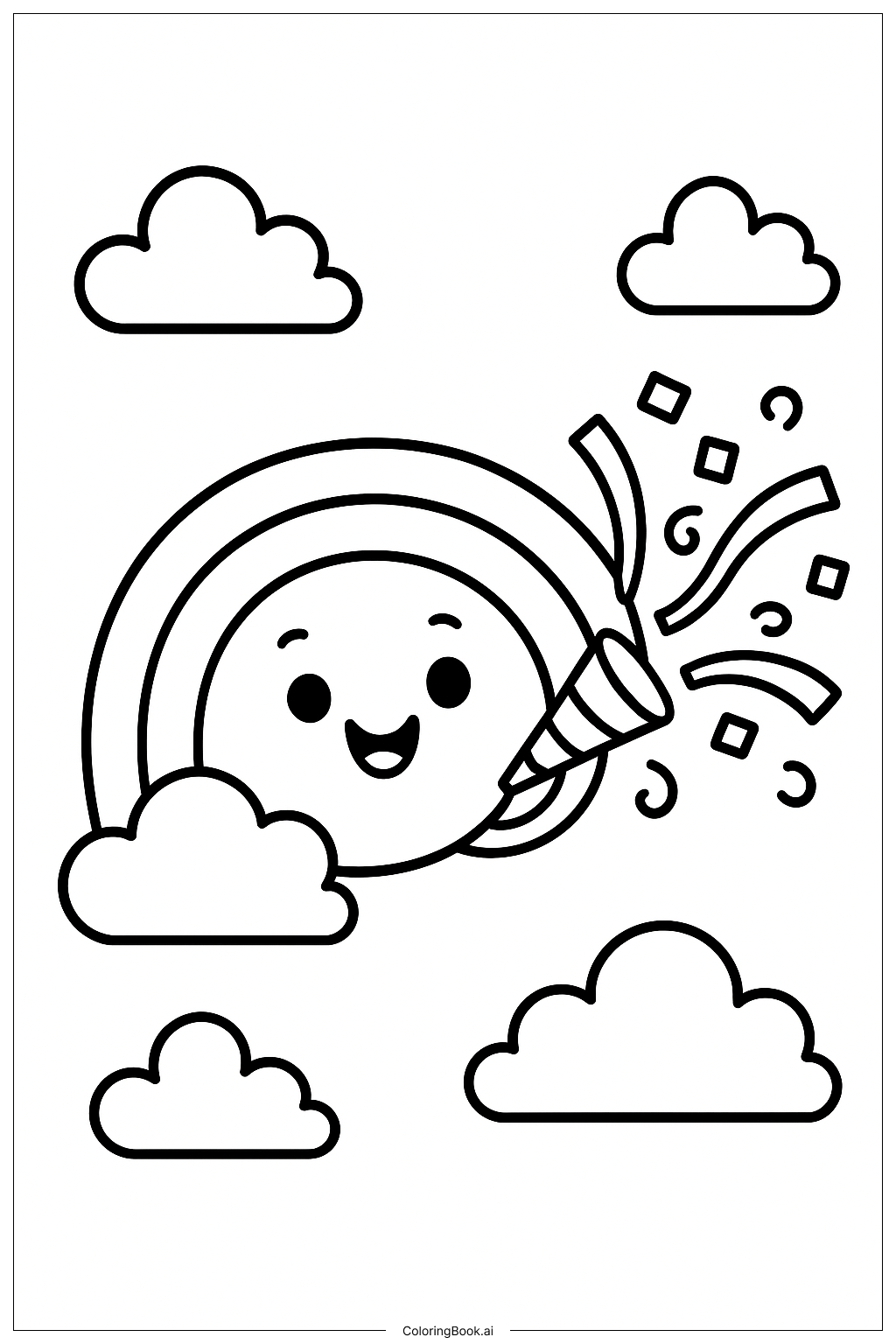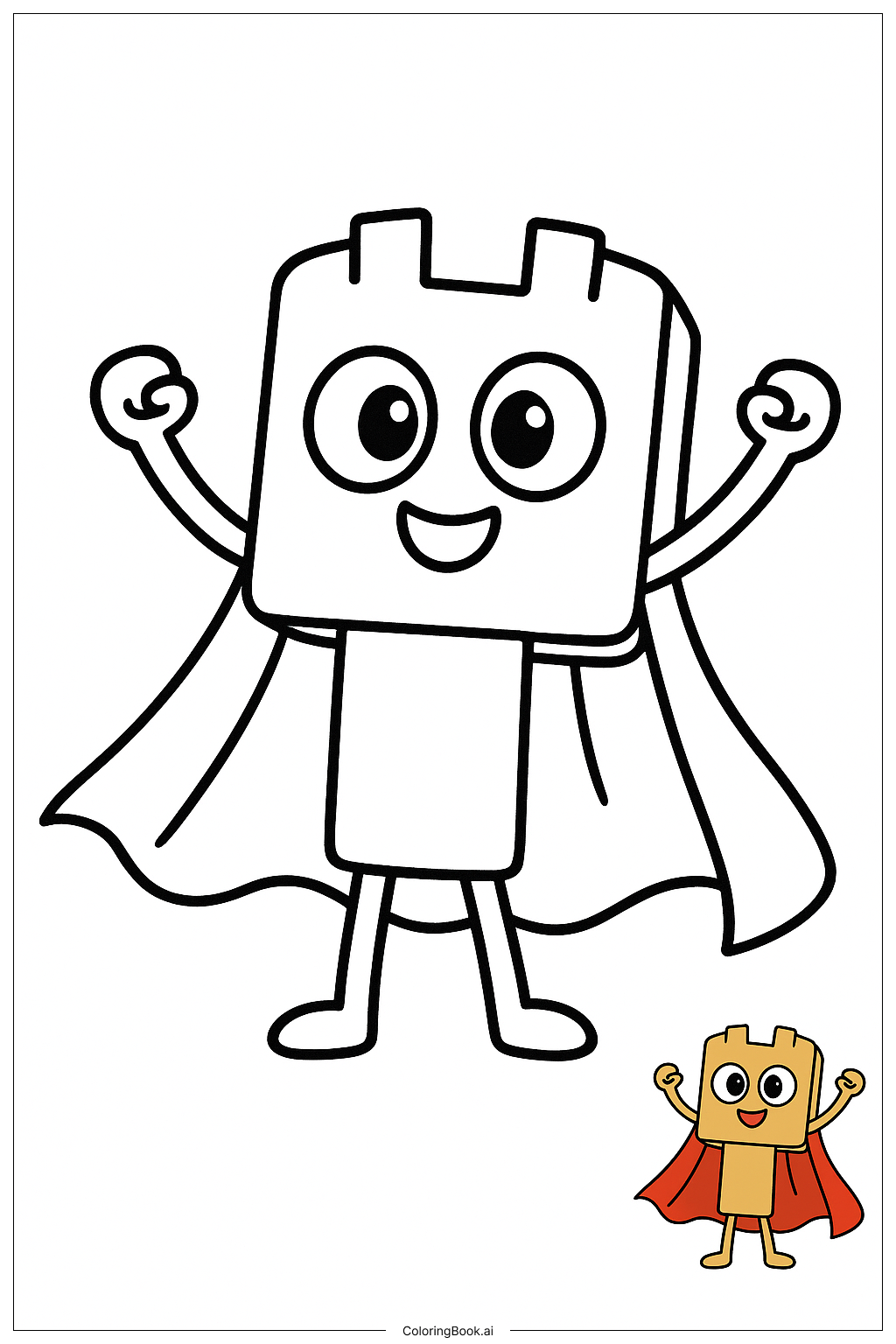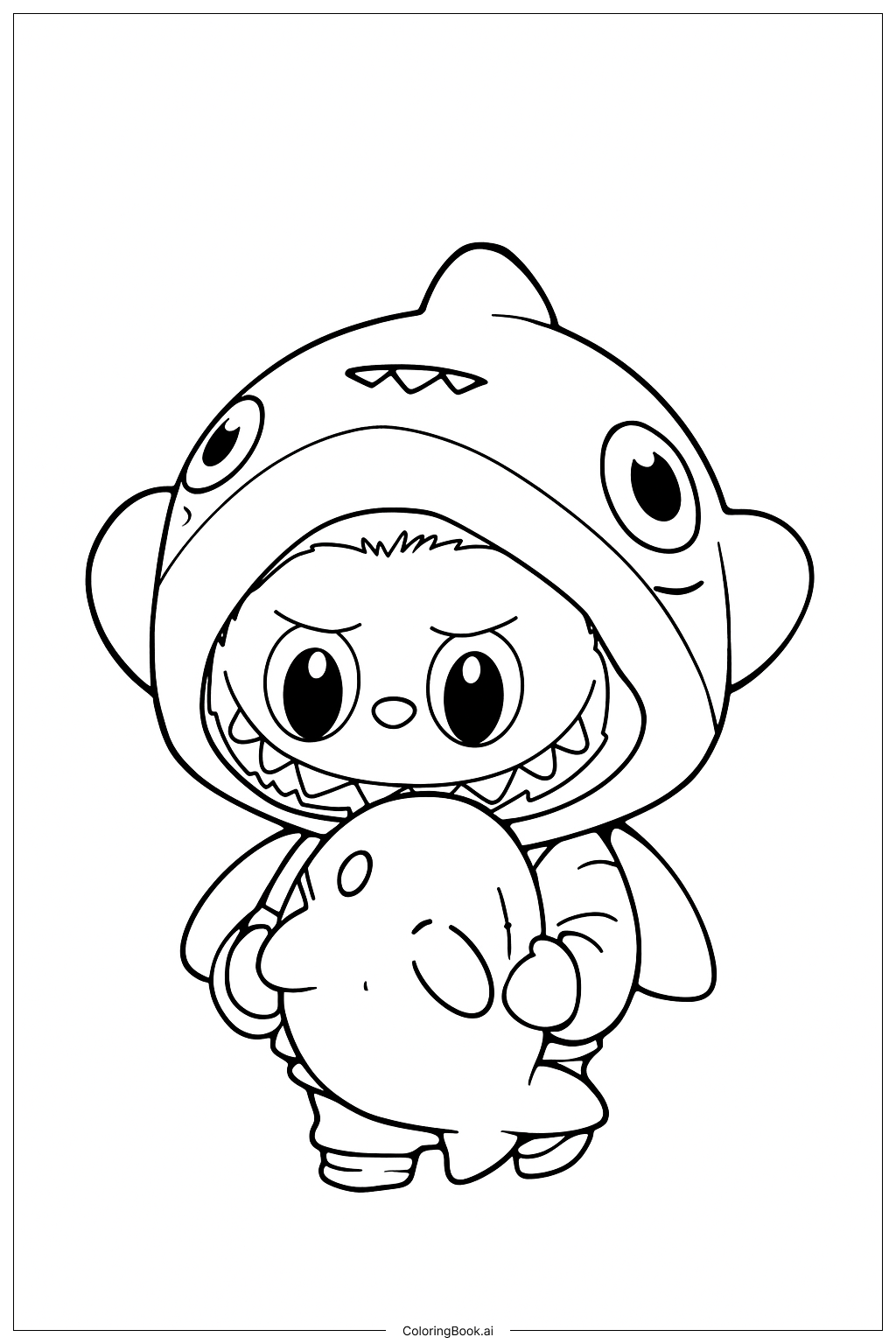Coloring tips: How to color Frogs coloring page well?
Try using bright and bold colors for these frogs to make them stand out. Green is a classic frog color, but don't be afraid to use blues, purples, or even reds for a magical forest vibe. Use different colors for the horns and blocks on their heads to highlight their unique features. You can add spots or stripes with a marker or colored pencil to add patterns. Use lighter shades for the frogs’ bellies and darker shades for their backs to create depth. When coloring the eyes, try shiny colors like white or light blue to make them look lively. Feel free to add a green or blue background or some water lilies if you want to expand the scene.
Coloring challenges: Which parts are difficult to color and need attention for Frogs coloring page?
1. Small Details: The frogs have small squares and horns that require careful coloring to stay inside the lines.
2. Similar Shapes: Since all frogs have blocky shapes, mixing colors well is important to make each one unique.
3. Horns and Blocks: Coloring the horns and blocks to look different without overwhelming the frog’s body can be tricky.
4. Expressive Eyes: Making the eyes look lively can be difficult, but it’s important for giving each frog character.
5. Limited Space: The legs and fingers have tight spaces, so coloring neatly there needs patience and control.
Benefits of coloring books: Advantages of drawing Frogs coloring page
Coloring this page helps improve focus and hand-eye coordination as kids carefully fill in the shapes. It encourages creativity by inviting children to choose their own colors and patterns for the fun frogs. Working on the small details like horns and small blocks helps develop fine motor skills. Also, coloring these imaginative creatures inspires storytelling and imagination about magical forest animals. It’s a fun way to relax and enjoy art while learning about shapes and colors.
